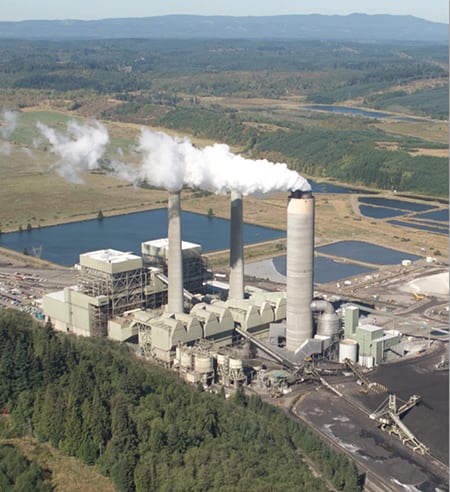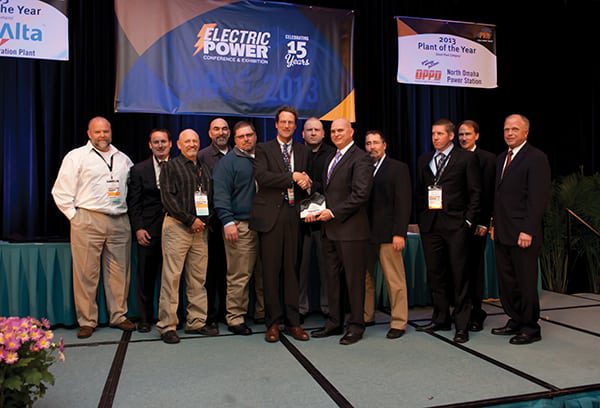TransAlta's Centralia Plant Earns PRBCUG Award
Completing the difficult transition to 100% Powder River Basin coal earned TransAlta’s Centralia plant in southwest Washington some well-deserved recognition.
The Powder River Basin Coal Users’ Group (PRBCUG) recognized TransAlta’s two-unit, 1,340-MW Centralia Complex with its 2013 Plant of the Year (Large Plant category) award at its 2013 Annual Meeting, collocated with the ELECTRIC POWER Conference & Exhibition last May (Figure 1). The plant was recognized for its excellent safety and dust control program, its completion of extensive boiler upgrades and modifications, and its expansion in rail operations to handle PRB coal.
TransAlta owns a fleet of 75 plants concentrated in Canada with 22% of its net capacity located in the Northwest. TransAlta’s U.S. headquarters is in Olympia, Wash. The largest of TransAlta’s U.S. assets is its Centralia Complex, in southwest Washington. Unit 1 entered commercial operation in September 1971 and Unit 2 followed 12 months later (Figure 2).
 |
| 2. Winning combination. TransAlta’s 1,340-MW Centralia Complex was the PRBCUG’s 2013 Plant of the Year (Large Plant). Courtesy: TransAlta |
Plant staff have described the fuel conversion project as a “journey,” much like others who have successfully converted their facilities to burn PRB coal. The PRB Coal Users’ Group exists to encourage and provide technical support for those making the same journey (www.prbcoals.com).
Centralia completed early PRB test burns from 1989 to 1991 and began burning 30% PRB coal in 1992. The conversion to 100% PRB coal was completed in late 2008 with the closure of the local coal mine that had supplied the plant with fuel since the units were commissioned.
The plant safety modifications completed at Centralia that were necessary to burn PRB coal included installation of a pulverizer inerting system, conveyor transfer fogging systems, silo dust collection system, and CO detection and other fire detection and suppression systems. Installation of the pulverizer inerting systems eliminated the pulverizer duct explosions or “puffs” that began with burning PRB coal.
Boiler upgrades to burn 100% PRB coal were also required. The high-calcium coal caused significant unit derates from excessive back end temperatures, bottom ash slagging, and convection pass fouling. In 2007, Fuel Tech’s TIFI system was installed in both units, and in 2008 Unit 2’s reheater and economizer were modified and 22 new sootblowers were added, among many other boiler modifications completed on both units.
Coal delivery and unloading facilities were also upgraded with the construction of two new rail sidings capable of handling three-unit trains simultaneously and a new unloading rail loop to facilitate the increased use of PRB coal. Unfortunately, the fly ash now produced is not as marketable as that produced when burning a local coal, so the amount of waste ash produced increased as PRB coal use increased. The lower amounts of synthetic gypsum produced from reduced-sulfur PRB coal also reduced the sales to wallboard manufacturers.
Our congratulations to Centralia’s plant staff for a successful conclusion to their PRB coal conversion journey and its well-deserved selection as the PRBCUG’s Plant of the Year (Large Plant). ■
— Dr. Robert Peltier, PE is POWER’s consulting editor.
